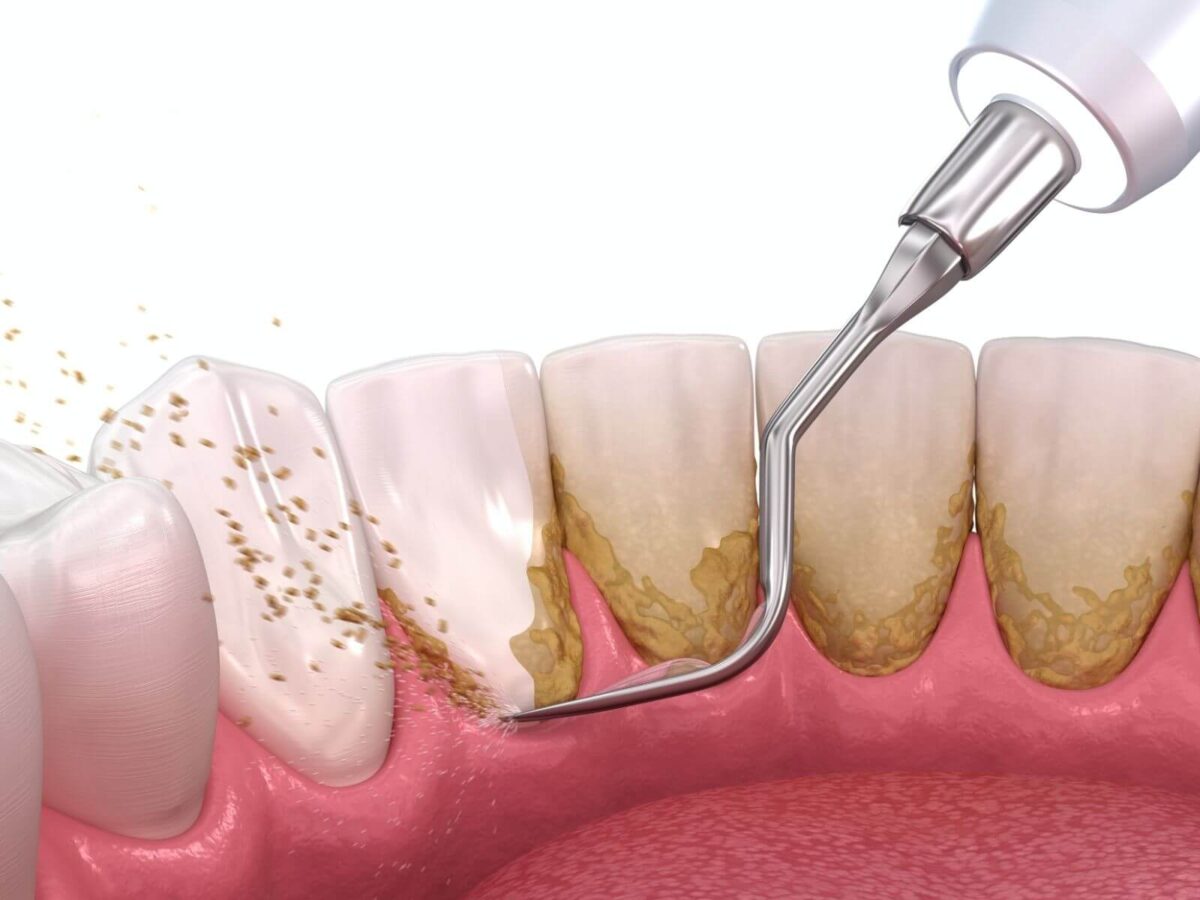Blog
Dental hygiene tips for healthy teeth & gums

4 Types of Dental Teeth Cleaning
Everybody knows the need for brushing, flossing, and regular dental appointments. You did know, though, that professional teeth cleaning comes in numerous forms. Depending on your dental state, your dentist may suggest a certain type of cleaning.
Every one of these techniques assists in preserving the best form of your gums and teeth. With Azle Dentist TX, let’s investigate the four varieties of dental teeth cleaning and decide which one most fits your situation.
4 Types of Dental Cleaning Procedures
Here are four major teeth cleaning procedures as mentioned by the expert dentist at Azle:
1. Prophylaxis Cleaning (Regular Cleaning)
Good oral health and the avoidance of dental diseases depend on consistent cleaning. Ignoring to clean your teeth of tartar and plaque routinely raises your chances of gum disease and decay.
Hence, prophylaxis cleaning is the solution to these problems and acts as routine maintenance. Usually, your regular visits at Azle Dentist TX result in general cleaning if your gums are in good condition and you maintain appropriate oral hygiene.
What Does It Involve?
- Plaque and tartar removal from teeth and gums.
- Polishing teeth to eliminate surface stains and stop further accumulation.
- Extra protection and cavity prevention call for flossing and fluoride therapy.
- Examining the teeth and gums in search of early indicators of gum disease or cavities.
Who Needs It?
- People with typically good gums and little plaque accumulation.
- Those who plan consistent six-month cleanings.
- Those who wish to keep a brilliant smile and fresh breath.
2. Scaling and Root Planing (Deep Cleaning)
Your dentist may suggest a deep cleaning if you have gum problems. It is also known as scaling and root planing. Designed to treat early-stage gum disease and stop more damage, this is a complicated operation. Root planing and scaling assist in stopping gum disease from getting more serious. Ignoring it early on could cause tooth loss.
What Does It Involve?
- Tartar and plaque are taken from under the gum line using specialist equipment.
- Helping gums reattach and heal correctly by smoothing tooth roots.
- Sometimes, it is carried out in several sessions based on the degree of difficulty.
- Possibly include local anesthesia to reduce pain.
- Potential usage of antibacterial drugs to lower bacterial count.
Who Needs It?
- Those suffering from mild to moderate gum disease—gingivitis or early periodontitis.
- Those with tartar accumulation beneath the gums risk irritation and bleeding.
- Those suffering from gum recession or ongoing foul breath.
3. Periodontal Maintenance Cleaning
You need to keep up with periodontal care cleanings after scaling and root planing to keep gum disease from coming back. This cleaning stops bacterial diseases and keeps gums healthy. Periodontal care is very important after gum disease. Without treatment, gum infections may return and damage tooth health.
What Does It Involve?
- Getting rid of bacteria and plaque means you gotta give your teeth and gums a good clean.
- Rather than the usual six-month checkups, more frequent visits—every three to four months.
- Close observation of gum condition and search for indicators of inflammation or infection.
- Possible application of medication or antibiotic treatment in deep gum pockets if needed.
Who Needs It?
- People who have had gum disease treated and wish to keep their gum condition in a good state.
- Those more likely to have recurrent periodontal problems, such as diabetics or smokers.
- People with a history of deep pockets in their gums that are capable of trapping bacteria.
4. Gross Debridement Cleaning
Before your Azle Dentist TX can adequately evaluate your dental health, you might need a thorough debridement cleaning if you have too much tartar and plaque. This kind of cleaning is used to clear thick layers of plaque that compromise the dentist’s capacity for an oral inspection.
What Does It Involve?
- Eliminating overtime accumulations of thick layers of tartar and plaque.
- Breaking down tough deposits on teeth and gum lines with ultrasonic instruments.
- Usually carried out to enable a correct diagnosis before a complete dental visit.
- Depending on the degree of plaque development, it may call for several visits.
Who Needs It?
- People with significant plaque accumulation and without dental cleaning for a long period.
- Those with hardened tartar that make an appropriate oral exam impossible.
- Those having obvious tartar accumulation on their teeth, foul breath, or gum irritation.
Which Kind of Cleaning Fits You?
Making a checkup at Azle Dentist TX will help you decide which kind of cleaning your teeth need. Based on your requirements, your dentist will review your teeth and gums and recommend the ideal cleaning for you. Maintaining strong teeth, healthy gums, and general oral health control depends on routine expert cleanings.
Conclusion
Whether your only need is a simple cleaning or something more complicated like scaling and root planing, maintaining a healthy smile depends critically on having your teeth professionally cleaned. Ignorance of dental hygiene could lead to gum disease, cavities, or perhaps tooth loss.
See Azle Dentist TX, your reliable friend in oral care, to find out which kind of cleaning you require. Has anyone ever undergone a unique kind of dental cleaning? Comment with your experience in the space provided below!


